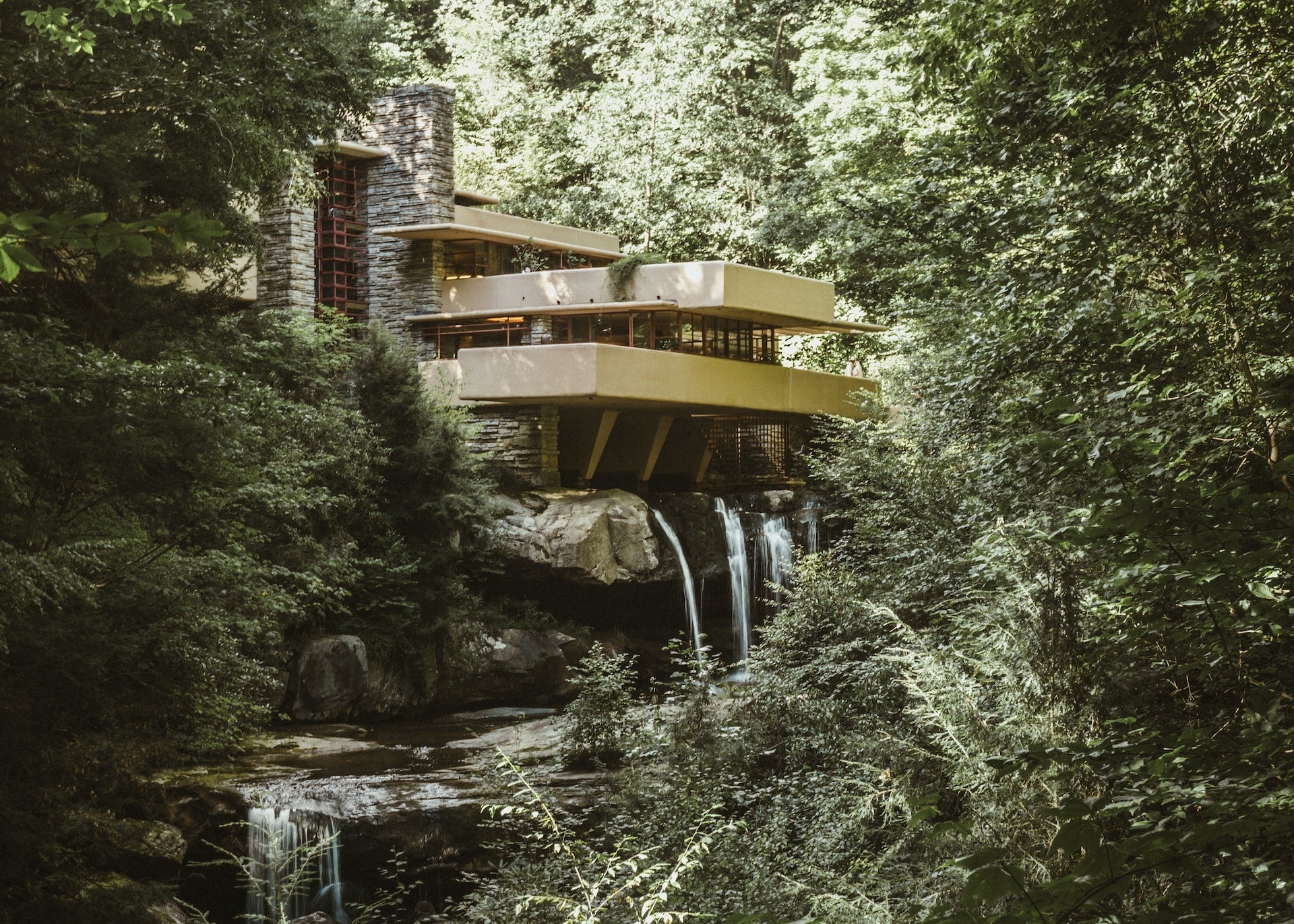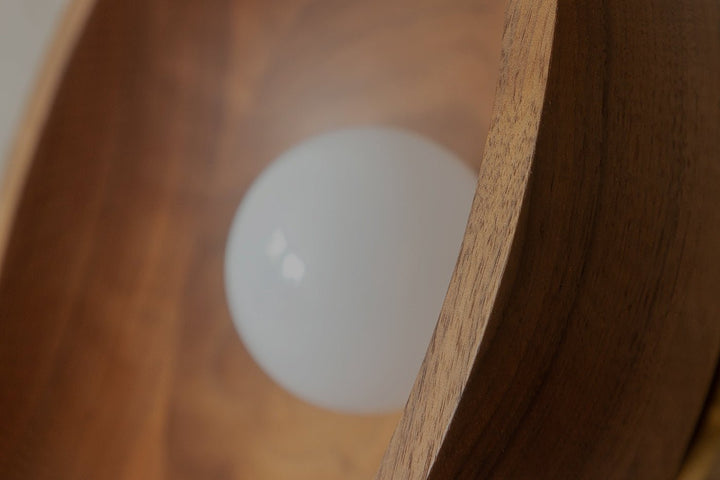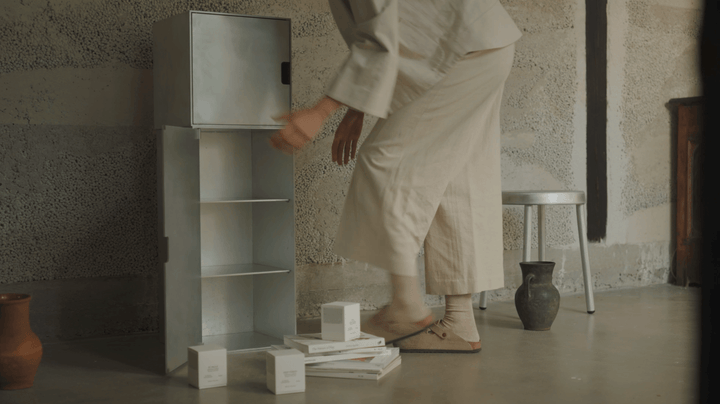Fallingwater by American architect Frank Lloyd Wright is testament to the boundless capacity of human creation. In this feature, we take an in-depth look at this architectural design, iconically teetering above a gentle waterfall.

Frank Lloyd Wright
Born in Wisconsin, USA in 1867, Frank Lloyd Wright was an architect, interior designer, and writer who is widely considered as one of the most influential architects of the 20th century. He was a visionary who transformed the way we think about buildings and design and as a result, his name is synonymous with architecture. Throughout his long and illustrious career, Wright designed more than 1,000 structures, including the iconic Guggenheim Museum in New York City, the Johnson Wax Administration Building in Wisconsin, and the Taliesin West complex in Arizona. Wright spent much of his early career working in the offices of prominent architects, where he developed his unique ideas about design. He eventually had the opportunity to actualise these ideas and create an elaborate portfolio of structures that were characterised by organic forms, the use of natural materials, and the integration with the surrounding landscape.


History of Fallingwater
Perched effortlessly above a waterfall in the Bear Run Nature Reserve in Pennsylvania, USA, Fallingwater is considered one of the greatest architectural masterpieces of the 20th century.
Fallingwater was designed as a private residence for the Kaufmann family and was completed in 1937. The family was looking for a weekend home that was close to nature, providing a peaceful escape from the bustle of city life. Wright was asked to design the home, and he quickly saw an opportunity to create something truly special.
Design Concept of Fallingwater
Throughout his life, Wright sought to create buildings that were not just functional but also emotionally and aesthetically engaging. This is seen in Fallingwater – a fusion of form and function, beauty and practicality.
The building's location above a waterfall was central to Wright's design concept. He wanted to create a home that was not just a building, but formed a part of the surrounding landscape. To achieve this, Wright incorporated the waterfall into the design, using it as a focal point and designing the home around it. Materials such as stone and wood offer a natural materiality while large windows and terraces that offer views of the waterfall, create a seamless connection to the reserve.
One of the key elements of Fallingwater's design is the use of cantilevers. The building is supported by a series of concrete beams that jut out from the main structure and appear to float above the waterfall. This gives the impression that the building is suspended in mid-air, creating a sense of weightlessness.
Fallingwater is a masterpiece that represents the height of Wright's innovative and imaginative approach to design. Its integration with nature, use of cantilevers, and emphasis on natural light make it a building that continues to inspire and awe visitors to this day.



Fallingwater Today
In 1963, the building and valley around it were entrusted by the Kaufmanns to the Western Pennsylvania Conservancy, allowing it to further its status as a cultural icon by opening to the public for visitation a year later. In a public dedication ceremony, Edgar Kaufmann wistfully described:
“Designed for this setting, the house was hardly up before its fame circled the Earth; it was recognised as one of the clearest successes of the American genius, Frank Lloyd Wright… Its beauty remains fresh like that of the nature into which it fits. It has served well as a home, yet has always been more than that: a work of art, beyond any measures of excellence. Itself an ever-flowing source of exhilaration, it is set on the waterfall of Bear Run, spouting nature’s endless energy and grace. House and site together form the very image of man’s desire to be at one with nature, equal and wedded to nature…”

The building has been meticulously restored, and visitors can explore its many unique features, including the large central fireplace, the indoor pool, and the beautiful furnishings designed by Wright himself.
Fallingwater was named a National Historic Landmark (1976), a Commonwealth Treasure by the Pennsylvania Historic and Museum Commission (2000) and most recently, was inscribed on the UNESCO World Heritage List (along with seven of his other designs).
Learn more about touring Fallingwater here.


Frank Lloyd Wright’s Influence on Design
Wright's influence on design extends far beyond the buildings he created. He was a true visionary who challenged the conventions of his time and paved the way for a new approach to architecture and design. Today, his ideas continue to inspire architects, artists, and lighting designers around the world, and his buildings remain some of the most visited and beloved architectural landmarks of all time, as well as becoming permanent fixtures in popular culture.





